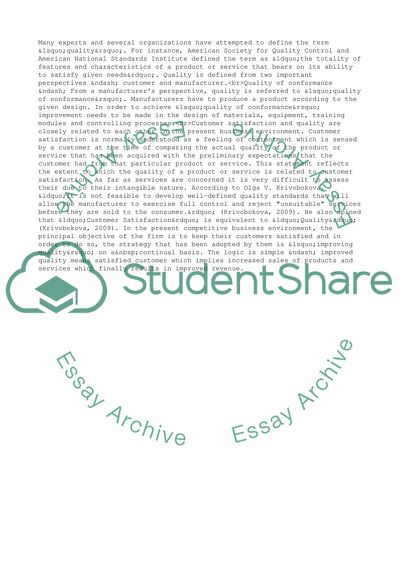Cite this document
(Quality Management and Its Peculiarities Research Paper - 1, n.d.)
Quality Management and Its Peculiarities Research Paper - 1. Retrieved from https://studentshare.org/management/1738308-quality-management
Quality Management and Its Peculiarities Research Paper - 1. Retrieved from https://studentshare.org/management/1738308-quality-management
(Quality Management and Its Peculiarities Research Paper - 1)
Quality Management and Its Peculiarities Research Paper - 1. https://studentshare.org/management/1738308-quality-management.
Quality Management and Its Peculiarities Research Paper - 1. https://studentshare.org/management/1738308-quality-management.
“Quality Management and Its Peculiarities Research Paper - 1”, n.d. https://studentshare.org/management/1738308-quality-management.


